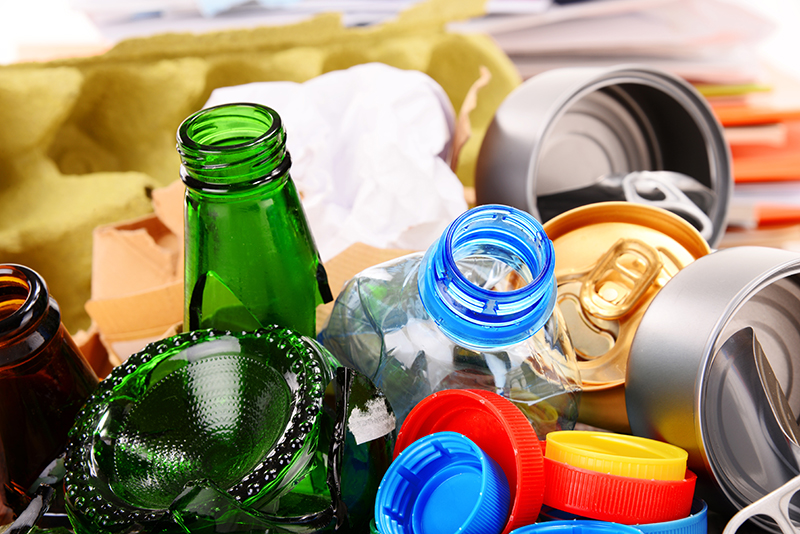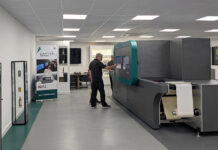NESTLÉ has announced what it says is ‘industry-leading’ packaging innovations for its Quality Street and KitKat brands.
It will see Quality Street move to recyclable paper packaging for its twist-wrapped sweets, replacing the previously-used double layer of foil and cellulose.
The firm said that the move will remove more than two billion pieces of packaging material from the brand’s supply chain. The new packaging has been developed by experts at Nestlé’s research and development in York, with it using special vegetable-based coating for the paper.
Nine of the 11 Quality Streets sweets will move to the paper-based packaging, with the Orange Crunch and Green Triangle remaining in their traditional foil wrappers which don’t use cellulose.
Nestlé added that the transition to paper, which is now underway, will take ‘several months’ to complete – meaning that for Christmas 2022, consumers will find a mix of the old and new wrappers in their Quality Street cartons, pouches, tubs, and tins.
Elsewhere at KitKat, the product will packaged in wrappers made with 80% recycled plastic, with Nestlé saying that the wrappers can be recycled at more than 5,000 supermarkets across the UK.
Richard Watson, business executive officer at Nestlé Confectionery, said, “These major packaging innovations have been pioneered by our teams here in the UK. The new KitKat packaging is enabled by a significant upgrade to Nestlé’s York Factory, while the category-leading Quality Street paper twist-wraps have been designed at our Confectionery Product Technology Centre in York, and implemented in Halifax, the home of Quality Street for 87 years.
“Nestlé Confectionery is taking a leadership position on packaging sustainability as we work towards reducing our use of virgin plastic by one third and making all our packaging recyclable or reusable within the next three years. The changes we are announcing today have been informed by detailed lifecycle assessments that have enabled us to identify solutions with a lower environmental impact than our current packaging.”














